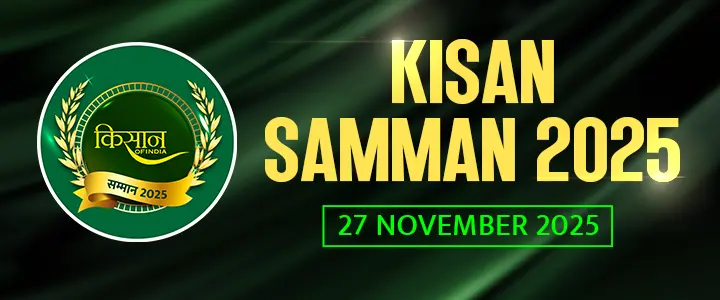Different ways to do Makhana Farming
80 percent of Makhana is cultivated in Bihar alone. You can do Makhana farming in many ways, know all the things related to it
Makhana is usually eaten during fasting, but people also like to eat it as a dry fruit because it is very beneficial for health. From diabetes to controlling cholesterol and strengthening bones to weight loss, it is believed to be helpful. 80% of Makhana Farming is done in Bihar alone, because the climate here is most suitable for it. Apart from this, it is also grown in Assam, Meghalaya and Orissa. Makhana cultivation can be done in many ways.

Makhana farming methods
Smooth loamy soil is considered best for Makhana Farming. It is cultivated well in reservoirs, ponds and low-lying land where the water accumulation can be up to 4-6 feet. Apart from this, it can also be grown in the field like other crops. There are many techniques of Makhana cultivation.
Pond method
This is the traditional technique of Makhana cultivation. There is no need to sow seeds in this, because the last year’s seeds which survived in the pond, are used as seeds for the next year. In this method, fishes like Mangur, Singhi, Kewai, Garai, Trash etc. in the fields of Makhana come into the pond along with the flood water. This benefits the farmers as they get additional crop in the form of fish.

Direct seeding
In this method of cultivation, 30 to 90 kg of healthy seeds of Makhana are sprinkled in the pond by hand in the month of December. Seeds start growing under water after 35-40 days of sowing. Then after two to two and a half months the plants start appearing on the surface of the water. At this time excess plants should be removed to ensure plant to plant and row to row distance of 1X1 m.
Transplanting method
To cultivate Makhana by this method, transplanting of healthy and newborn plants of Makhana is done between March and April. Row to row and plant to plant spacing is done at 1.20 m X 1.25 m. Purple coloured flowers start appearing on the plants after 2 months of sowing. After 35-40 days, the fruits ripen completely. When the fruits are fully ripe, the fleshy fruits start bursting and after bursting, the fruits float on the upper surface of the water. They start sitting at the bottom of the pond after 2-3 days. The submerged makhana is harvested in the month of September or October and the remaining one-third of the seeds are left to germinate the next time.

Farm system
A new technique of its cultivation has been developed by the Makhana Research Center. For this method, the field should be filled with water up to 1 feet. This makhana cultivation is the easiest technique, because along with it paddy and other crops can also be cultivated. For planting in the field, the plants are prepared in the nursery and transplanted between February and April. By this method, Makhana is ready in 4 months.

Makhana’s nursery
Makhana is an aquatic plant, so smooth and smooth loamy soil is considered suitable for preparing its plant. To prepare the nursery, first deep plowing of the field 2-3 times is necessary. Also, for proper growth of plants, apply Nitrogen, Phosphorus, Potash in the ratio of 100:60:40 kg per hectare.
Then prepare a 2 feet high dam in the field and pour 1.5 feet of water and put Makhana seeds in it in the month of December. The water level in the field should be up to one feet. Seedlings are ready for transplanting by the end of March. Keep in mind that only healthy plants should be transplanted in the field.

Contact us: If farmers want to share information or experiences related to farming with us, then they can do this by calling us on the phone number 9599273766 or by writing an email to [email protected] or by sending your recording. Through Kisan of India, we will convey your message to the people, because we believe that if the farmers are advanced then the country is happy.



